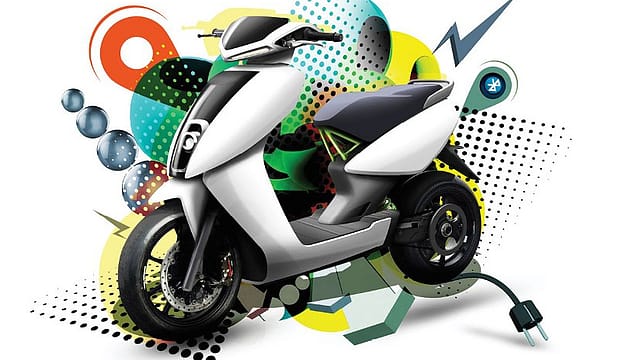‘India can change global auto, energy landscape through adoption of EVs’
ADVERTISEMENT

India, home to one of “the big four” automobile industries in the world, has the potential to change the global automobile and energy landscape through adoption of electric vehicles, says a report released by the World Economic Forum and Ola Mobility Institute on Thursday. The U.S., China, and Japan are the other “big four” industries.
The report says that 10 states and Union Territories in India are building momentum for EV usage in three sectors—manufacturing, infrastructure and services. With a strong government push towards EVs, India has the potential to become one of the largest EV markets in the world, it adds.
The report examines programmes and policies in Andhra Pradesh, Bihar, Delhi, Karnataka, Kerala, Maharashtra, Tamil Nadu, Telangana, Uttarakhand and Uttar Pradesh, and collates recommendations based on lessons from the U.S., China, Taiwan, and Europe. These recommendations, the report says, could further strengthen and guide India’s state EV policies in creating a more robust and holistically enabling environment for faster adoption of e-mobility.
“With many more states in the process of designing their EV policies, policymakers, businesses, and practitioners alike can use this framework to analyse state policies for sustainability and longevity,” said Christoph Wolff, head of mobility, World Economic Forum.
“The role of government is crucial for accelerating adoption. Right now, the uptake of electric vehicles is slow due to the high upfront cost and range anxiety, but long-term investment in R&D will create sustained growth,” he said.
December 2025
The annual Fortune 500 India list, the definitive compendium of corporate performance, is out. This year, the cumulative revenue of the Fortune 500 India companies has breached $2 trillion for the first time. Plus, find out which are the Best B-schools in India.
The report says that states could allocate funds for research in battery chemistry and cell technologies and for recycling centres to reclaim and recycle critical materials (such as cobalt and lithium), and invest in R&D to encourage pilot programmes to measure the impact of EVs on the existing grid.
The report says these states could provide tax credits to deploy charging infrastructure. “To ensure fast implementation they could make it applicable for the first 1,000 charging stations in the state. States could also have city-level targets to implement such incentives smoothly,” the report says.
The report also has recommendations to increase demand using consumer incentive. It says that states could implement a “time of use pricing programme” under which they subsidise the cost of purchasing power based on the time slot in which the consumer uses it.
ׅ“India has taken up an ambitious target to become a $5 trillion economy by 2025,” said Anand Shah, head, Ola Mobility Institute. “The country has placed equal importance on growth that is environmentally sustainable. Mobility holds significant promise for India to enable low-carbon solutions.”
The report highlights three emerging trends. The first is that most states aspire to be manufacturing hubs for EVs and EV components. Production of clean-fuel batteries, recycling and storage are wholly incentivised. “This aligns with the national Make in India agenda and can provide case studies for how to roll out similar production facilities. For example, the Uttar Pradesh and Maharashtra EV policies emphasise promoting EV manufacturing,” it says.
The second trend is that infrastructure development was largely a response to anxiety about the range of EVs: i.e., most states have provisions for installations of charging infrastructure in public and private places. Uttar Pradesh is targeting 2 lakh charging stations by 2024 while Andhra Pradesh is targeting 100% electrification of buses by 2029. The third trend, the report highlights, is an emphasis on the services the EV value chain can provide through public awareness. These include skilling programmes in Tamil Nadu, fiscal incentives in Maharashtra, and non-fiscal incentives like retrofit services in Telangana.
The report highlights the immense possibilities for EV value chain growth in India. “A collective path towards operationalising EVs across India is yet to be found. The next stage of policy development should move beyond a ‘pile-up’ of policy incentives along the value chain to a measured ‘mix of policies’ that evaluates the conditions that enable competing and coexisting business models,” it says.
It also points out that there are specific challenges in operationalising electric mobility in India that require further investigation. According to the report, one is identifying the next step forward for large-scale deployment of public charging infrastructure after the first stage is financed by government.
Global mega trends such as technological breakthroughs, climate change and resource scarcity, demographic changes and accelerating urbanisation are having a major impact in India, which is at a critical juncture in showcasing leadership in electric mobility, says the report.
